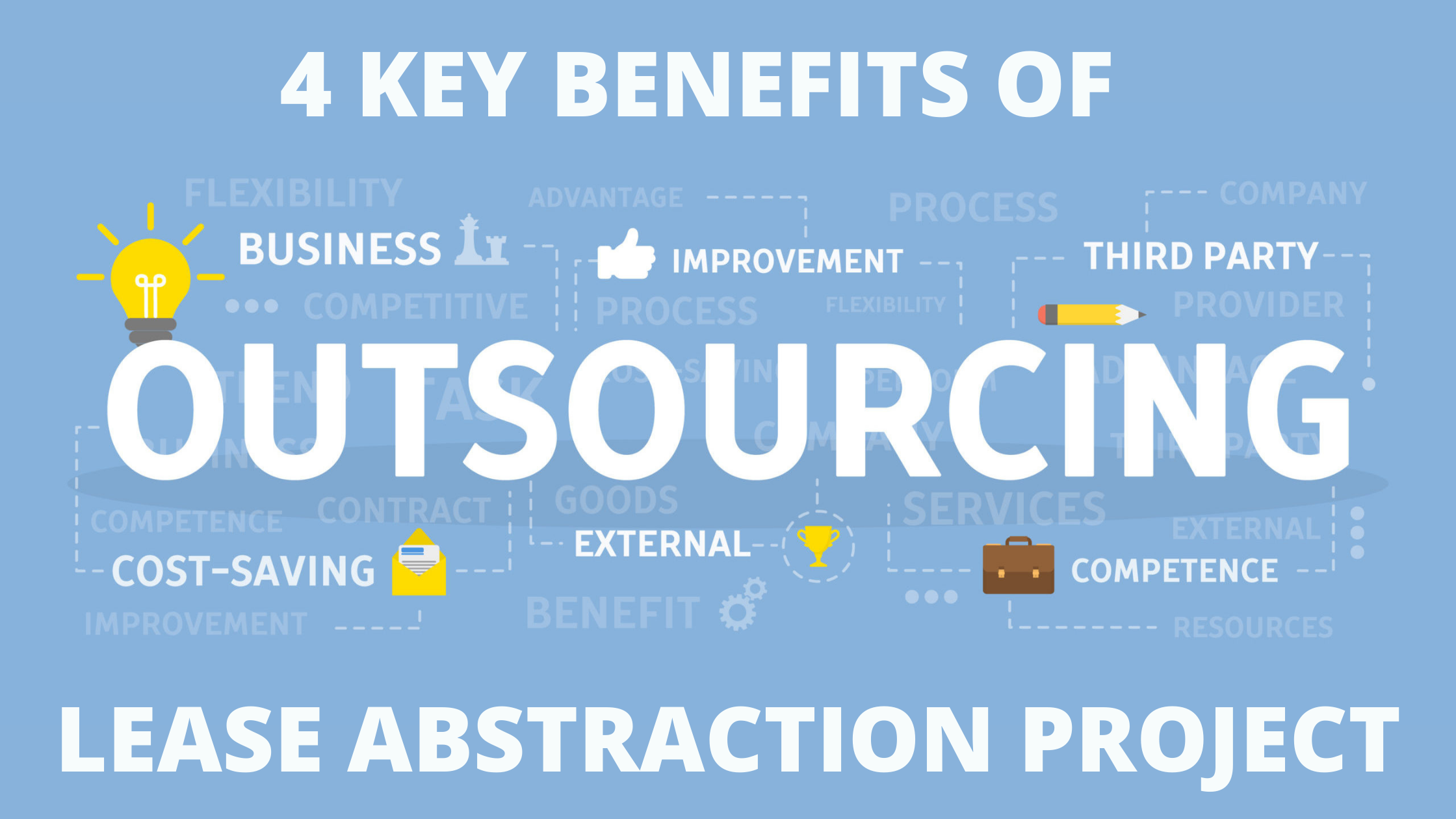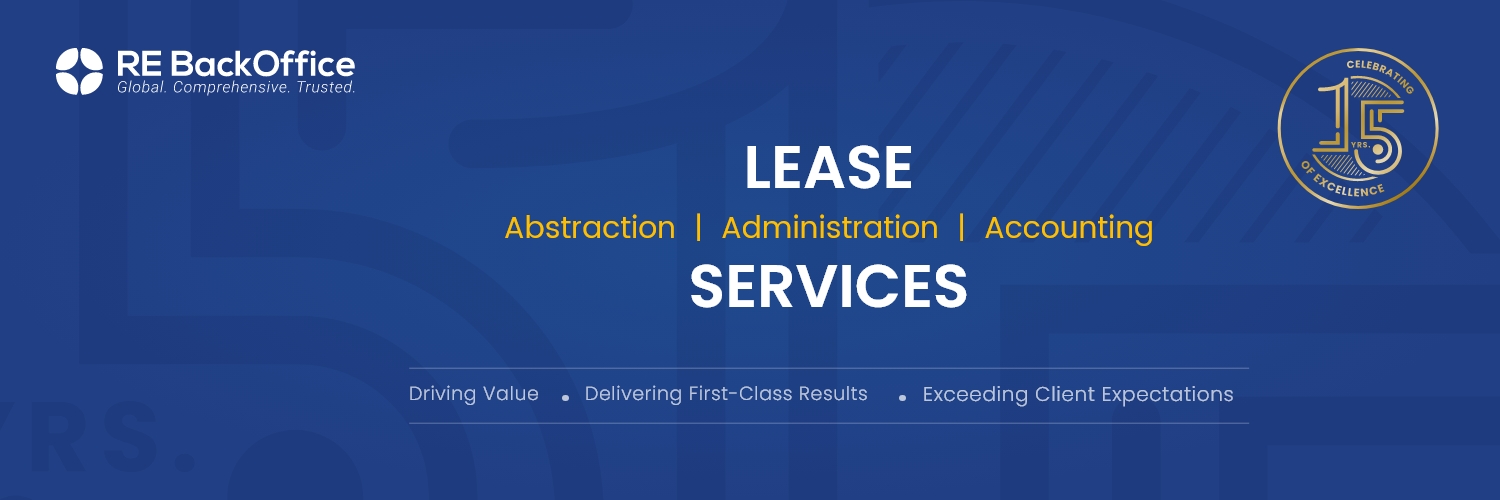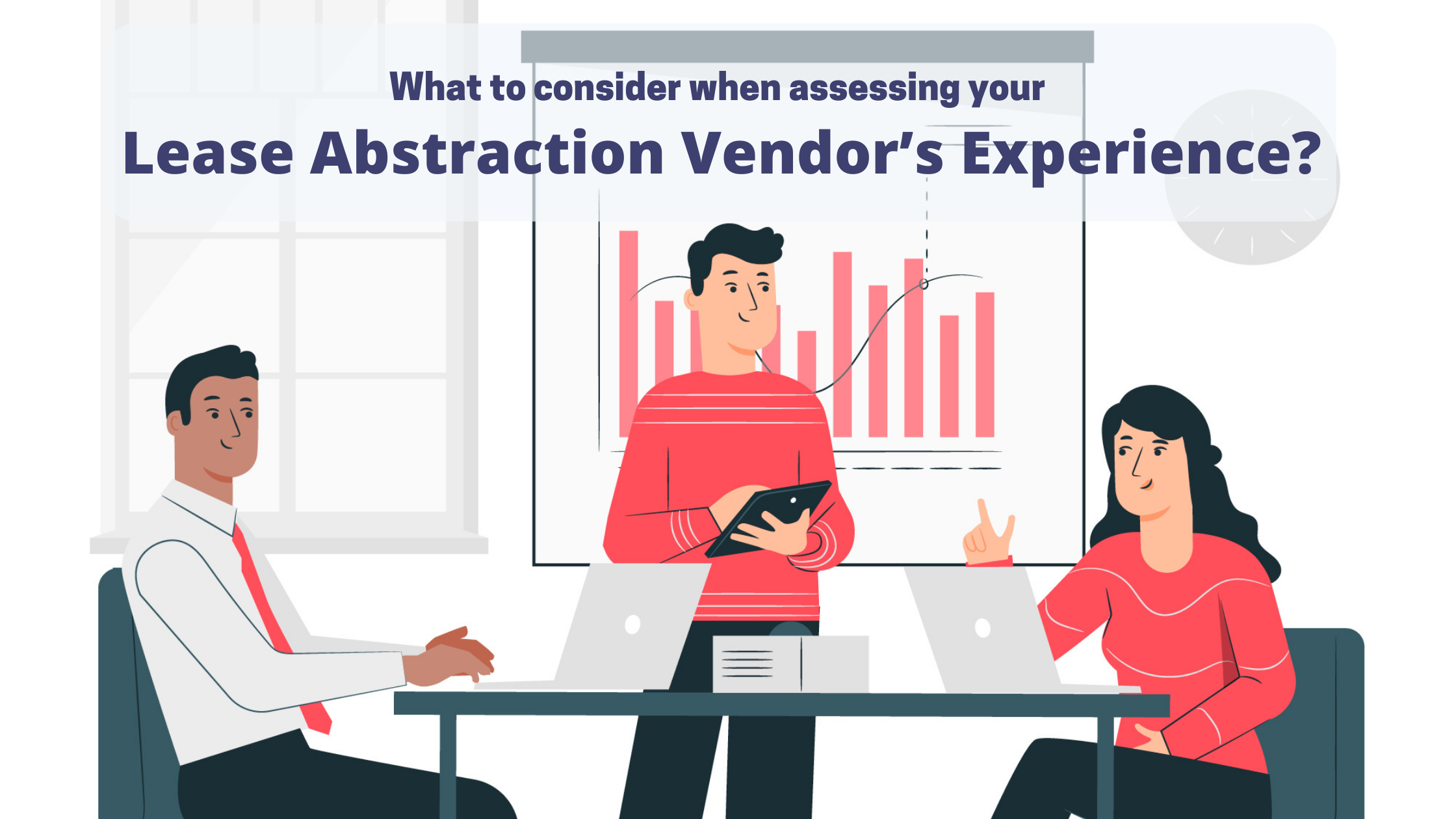Leases are critical business documents that drive key strategic decisions, and your lease abstracts help you make those decisions. While lease abstracts are the first step to staying on top of your lease portfolio management process, getting your leases abstracted in-house can be challenging due to various reasons such as the high resource costs, lack of resources, tight timelines, etc. In our blog this week, we discuss how signing up with a lease abstraction vendor can help you overcome these challenges.
Cost-efficiency
By working with a lease abstraction services vendor, you can save on costs that you would incur if you hired lease abstractors in-house, on your payroll. It helps you eliminate training, HR-related expenses and save on lease agreement interpretation and translation costs, as all of these are taken care of by the vendor.
Scale up or down easily
Signing up with a lease abstraction vendor helps you scale your lease abstraction resources up or down as per your needs, allowing tide-over temporary resource requirements. For example, at the time of major mergers and acquisitions, or renewals across multiple locations, bringing a lease abstraction vendor onboard is a more efficient way to handle your abstraction needs than hiring in-house.
Expertise
Vendors who provide lease abstraction services are specialized in what they do. It is their bread and butter, so they are naturally well-versed in the latest industry trends. They have more experience in handling multiple types of leases and tend to offer better accuracy, relevance, and compliance than in-house abstractors who comparatively have lesser exposure.
Improved turnaround time
Lease abstraction service vendors have a team of lease abstractors at their disposal, which means they won’t be overwhelmed by the volume of your lease abstraction project even if it runs into thousands of leases, and will be able to deliver your lease abstracts on time. Your in-house team may struggle to meet tight deadlines especially if it is a bigger project.
There are a lot of lease abstraction vendors in the market, but you want to make sure you pick one with the right amount of expertise, experience, industry knowledge, and reputation so your lease abstracts are accurate, concise, complete, and relevant to your business needs helping you make better operational and strategic decisions, consistently.
Rebolease.com, powered by RE BackOffice, Inc., is a premier provider of lease abstraction, administration, and accounting services. Headquartered in Pittsburgh, PA, we are a global boutique firm, providing high-quality services to top-tier clients across industry verticals, covering every type of lease and on any lease platform. We are proud to be a trusted partner, for 15+ years, to leading retailers, REITs, property owners/managers, and corporate accounts seeking strategic advantage. All client projects are performed in-house. Please contact us today to learn more.





